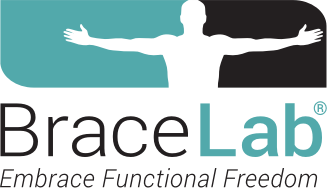A Reproducible Technique for Virtual Evaluation of Shoulder Flexion
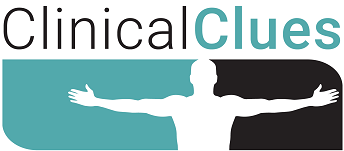
April 2020 No. 15
A Reproducible Technique for Virtual Evaluation of Shoulder Flexion
Jerry Ditz, DPT, Dip. Osteopractic, Cert. SMT, Cert. DN
Current social distancing encourages and supports telemedicine but requires therapists to modify many common procedures—such as hands-on joint measurements with a goniometer. How can you evaluate shoulder flexion if you are unable to use a goniometer?
For tech-savvy patients there are several smart phone applications therapists can recommend. The MnMotion Lite APP (iPhone only) is highly rated and especially user friendly for shoulder range of motion.
Another simpler option is to use facial landmarks to calculate shoulder active range of motion.
For each evaluation session, assure your patient is in the same position and the same distance/angle from the device camera being used for the video connection. Have the patient set up the camera for a lateral view, with the arm being examined closest to the camera.
For maximum accuracy, assure the patients wears a sleeveless garment or a garment with a snug fitting sleeve so the arm contours can be clearly seen.
• Instruct your patient to assume a supine position, looking up at the ceiling with the neck in a neutral position.
• Instruct the patient to actively move their shoulder through the flexion plane as far as they can, being careful to lift the arm off the table in a straight line parallel to the body midline.
• Score the patient’s flexion based on the location of the front edge of the shaft of the humerus in relation to the chin, nose, eye, ear, or tabletop. If the leading edge is between landmarks, use the lower landmark.
Scoring Table for Shoulder Flexion


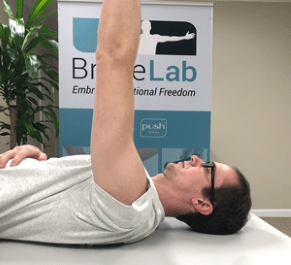

Figure 1: 90 degrees of shoulder flexion
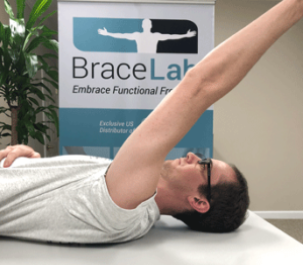

Figure 2: Reaching the chin (about 108° of flexion)


Figure 3: Reaching the nose (about 126° of flexion)


Figure 4: Reaching the eyes (about 144° of flexion)
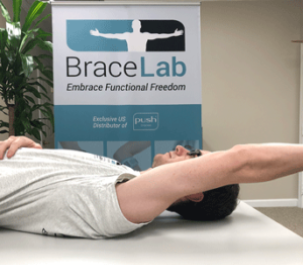

Figure 5: Reaching the ear (about 162° of flexion)
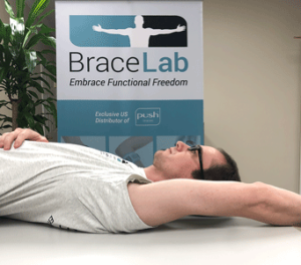

Figure 6: Reaching the tabletop (about 180° of flexion)
This method does not provide precise measurements to which we are accustomed, but it does provide a reproducible technique for follow-up assessment. Reaching the next landmark can also be a tangible goal for the patient to work toward between tele-visits.
© BraceLab 2020 all rights reserved
Disclaimer: BraceLab Clinical Clues are intended to be an informal sharing of practical clinical ideas; not formal evidence-based conclusions of fact.
